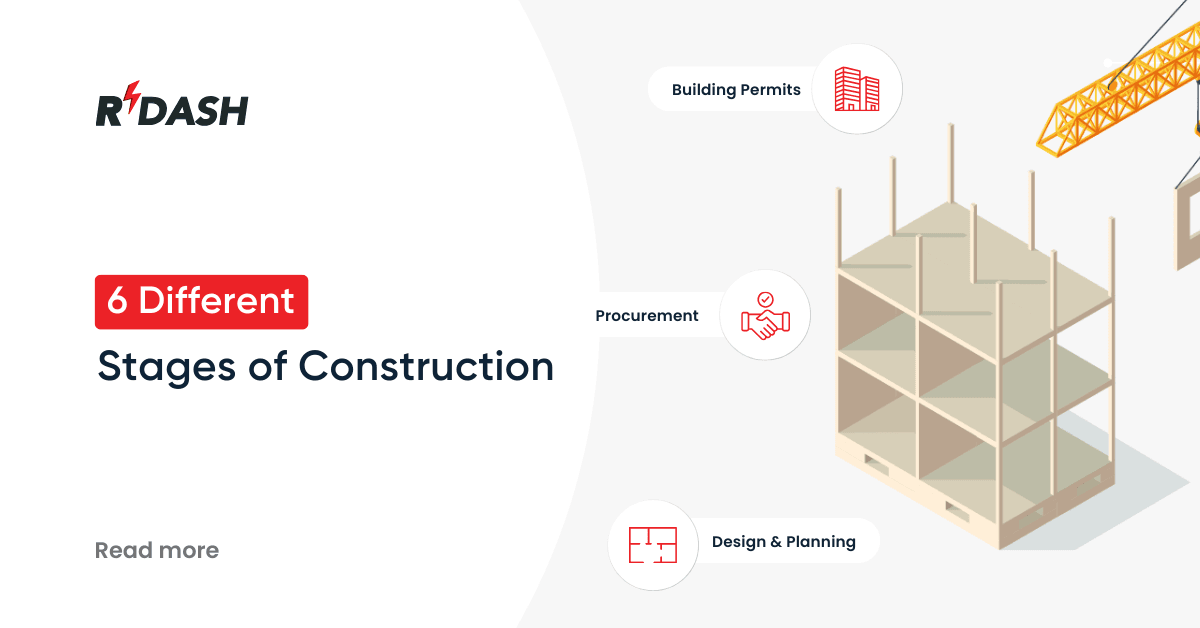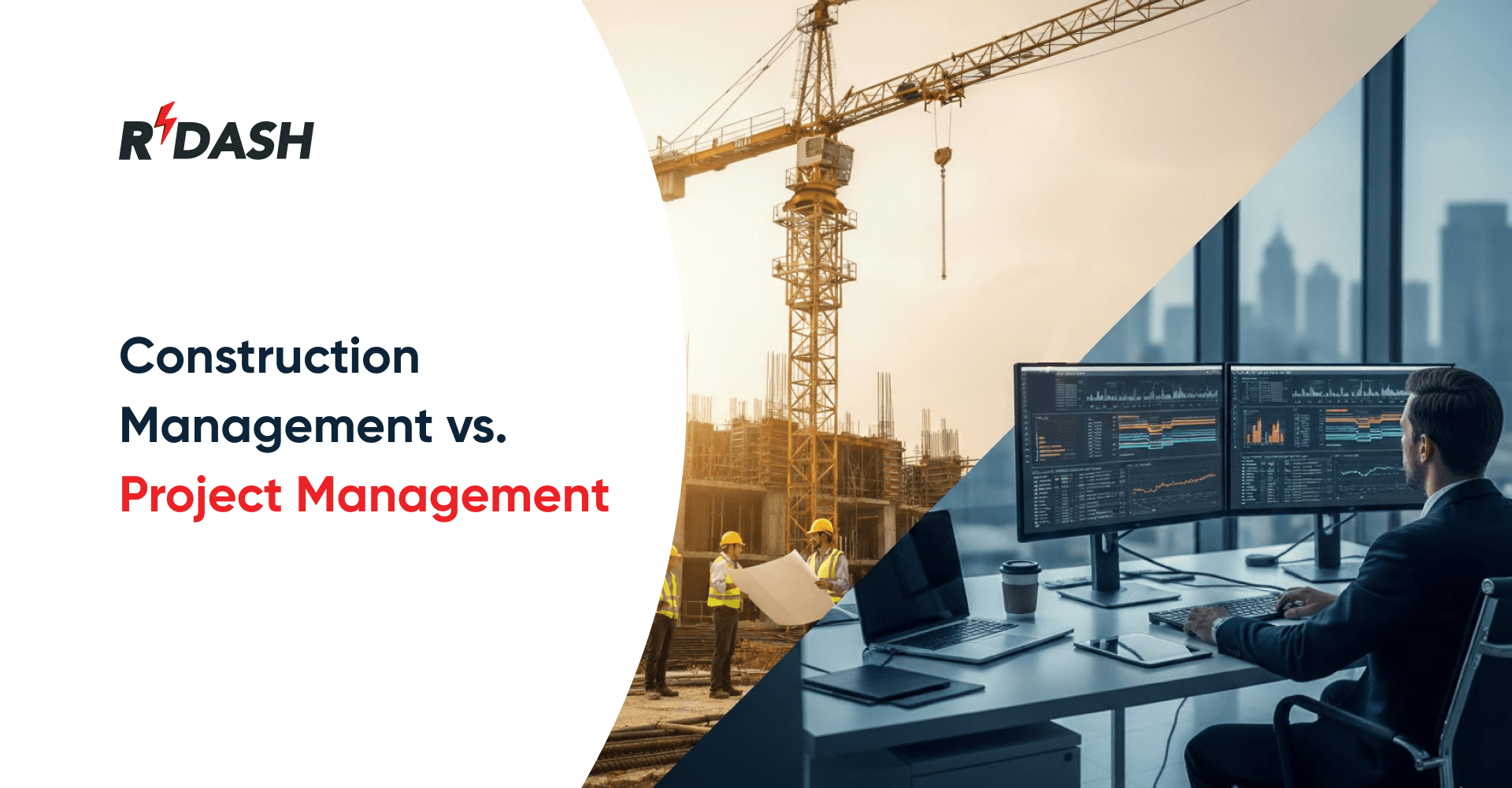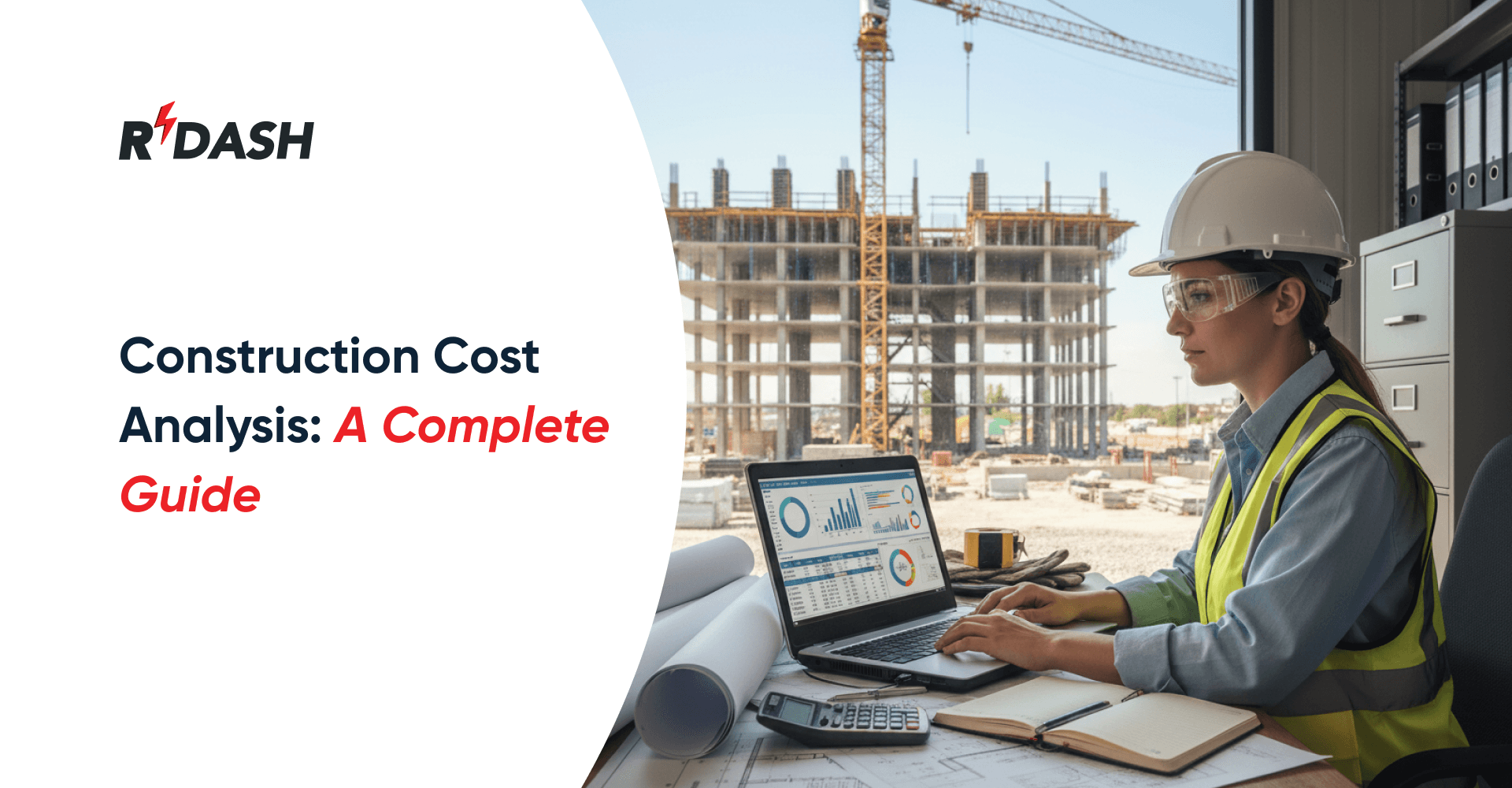Stages of Construction – The construction process is a complex and multifaceted journey that involves several critical stages. Each stage is vital to the project’s success, ensuring that the final outcome meets the intended design, quality, and regulatory standards. Understanding these stages helps streamline operations and enhance project management practices.

1. Project Conception, Design, and Planning
This initial phase sets the foundation for all subsequent actions in a construction project. It starts with conceptualizing the purpose and requirements of the building, followed by detailed design and architectural planning. This stage often involves architects, engineers, and the client collaborating closely to finalize the design that aligns with aesthetic preferences, functional needs, and budget constraints. Effective planning during this phase helps in identifying potential challenges, aligning resources, and setting realistic timelines.
2. Building Permits
Once the design is approved internally, the next step involves securing building permits from relevant local authorities. This stage is crucial as it ensures all construction activities comply with local building codes, zoning laws, and other regulatory requirements. Obtaining these permits can be a complex process that requires submitting detailed plans and sometimes undergoing reviews by government bodies. This ensures that the planned construction is safe, accessible, and environmentally sound, preventing legal issues down the line.
3. Pre-Construction Phase
The pre-construction phase is a preparatory period before actual construction begins. It’s during this stage that the groundwork for the project is laid, involving meticulous planning and coordination. Key activities include:
- Site Analysis: Conducting thorough assessments of the site for suitability, environmental impact, and identification of any potential issues that might affect construction.
- Resource Allocation: Determining the labor, materials, and equipment needed and scheduling their availability.
- Risk Management: Identifying possible hazards and crafting plans to minimize their impact. This might involve safety protocols, insurance, and contingency planning.
- Budgeting: Finalizing the budget to ensure that the project remains financially feasible without compromising on quality.
- Team Formation: Assembling a team that will carry out the construction project. This includes not only the on-site workers but also project managers, architects, engineers, and consultants.
4. Procurement
Procurement is the stage where resources necessary for the construction are secured. It is critical to the project’s timeline and overall success, ensuring that all required materials and services are available when needed. Key activities include:
- Vendor Selection: Choosing suppliers and subcontractors who can provide the necessary materials and services within the desired timeframes and budget.
- Purchasing: Acquiring all necessary materials, equipment, and tools required for the project. This often involves negotiating contracts to secure favorable terms.
- Logistics Planning: Coordinating the delivery schedules of various materials to align with the project timeline, ensuring that no delays occur due to unavailability of resources.
- Quality Assurance: Implementing standards to ensure that all procured items meet the required specifications and quality standards.
- Inventory Management: Keeping track of materials usage, reordering supplies as needed, and managing stock to prevent excess or shortages.
5. Construction Phase
The construction phase is the most visible stage of the building process, where the physical construction of the structure takes place. It’s a dynamic period that requires careful management and coordination. Key activities include:
- Site Preparation: Cleaning, leveling, and making the land ready for the construction activities.
- Foundation Work: Establishing the base of the structure, which includes excavation, setting up footings, and concrete placement.
- Structural Framework: Constructing the skeleton of the structure, including framing walls, floors, and installing the roof system.
- Utility Installation: Integrating essential services such as water, electricity, heating, and cooling systems.
- Interior and Exterior Work: Building the internal and external elements of the structure, including walls, windows, doors, and roofing.
- Compliance Inspections: Regular inspections by relevant authorities to ensure the construction meets all building codes and regulations.
6. Post-Construction Phase
After the construction itself is completed, the project moves into the post-construction phase. This stage involves finalizing the project and ensuring everything is ready for occupancy. Key activities include:
- Final Inspections: Conducting thorough inspections to ensure that everything is built according to plan, is safe, and meets all legal standards.
- Snagging: Addressing any last-minute fixes, issues, or ‘snags’ that need resolution before the building can be handed over.
- Cleaning and Clearing: Removing all construction debris and cleaning the building to prepare it for occupancy or sale.
- Final Walkthrough: Taking the client through the project to ensure their satisfaction and to demonstrate how systems work.
- Handover: Officially transferring the property to the owner, including all necessary documentation such as warranties and maintenance guides.
- Project Close-Out: Finalizing all project documentation and contracts, and conducting a post-project review to evaluate what went well and what could be improved for future projects.
These stages are crucial for transitioning from a construction site to a fully functional building, ensuring that the project is completed to the satisfaction of all stakeholders involved.
Tips for a Successful Construction Project

- Detailed Planning: Before starting any construction project, detailed planning is essential. This includes defining clear objectives, scope, and deliverables, along with a realistic timeline and budget.
- Effective Communication: Establish clear lines of communication among all stakeholders, including contractors, subcontractors, suppliers, and clients. Regular meetings and updates can help avoid misunderstandings and keep everyone on the same page.
- Quality Control: Implement strict quality control procedures to ensure that all aspects of the construction meet or exceed industry standards. This can prevent costly rework and delays.
- Risk Management: Identify potential risks early in the project lifecycle and develop strategies to mitigate them. This could involve safety measures, insurance, or contingency planning.
- Use of Technology: Leverage modern technology and construction management software to enhance efficiency, improve accuracy, and streamline operations.
- Regular Monitoring and Reporting: Keep a close eye on the project’s progress and budget. Regular monitoring and reporting can help catch issues early, allowing for timely interventions.
How RDash Helps in Different Stages of Construction
Planning and Design: RDash provides tools for creating detailed project plans, schedules, and cost estimates, helping teams set realistic expectations and timelines.
Execution: During the construction phase, RDash offers features for task management, real-time progress tracking, and resource allocation, ensuring that the project stays on track.
Post-Construction: RDash aids in the final handover by ensuring all documentation is complete and accessible, including snag lists and compliance certificates.
Overall Management: By integrating all stages of construction management into one platform, RDash facilitates better decision-making, enhances communication, and improves project transparency.
FAQs
What is the most critical stage of a construction project?
The most critical stage is often considered the planning phase, where decisions made can significantly impact the project’s success.
How long does a typical construction project take?
The duration of a construction project can vary widely depending on its complexity, size, and the specifics of the construction agreement.
What are the biggest challenges in construction project management?
Common challenges include budget management, meeting deadlines, dealing with unforeseen site conditions, and managing multiple stakeholder expectations.






